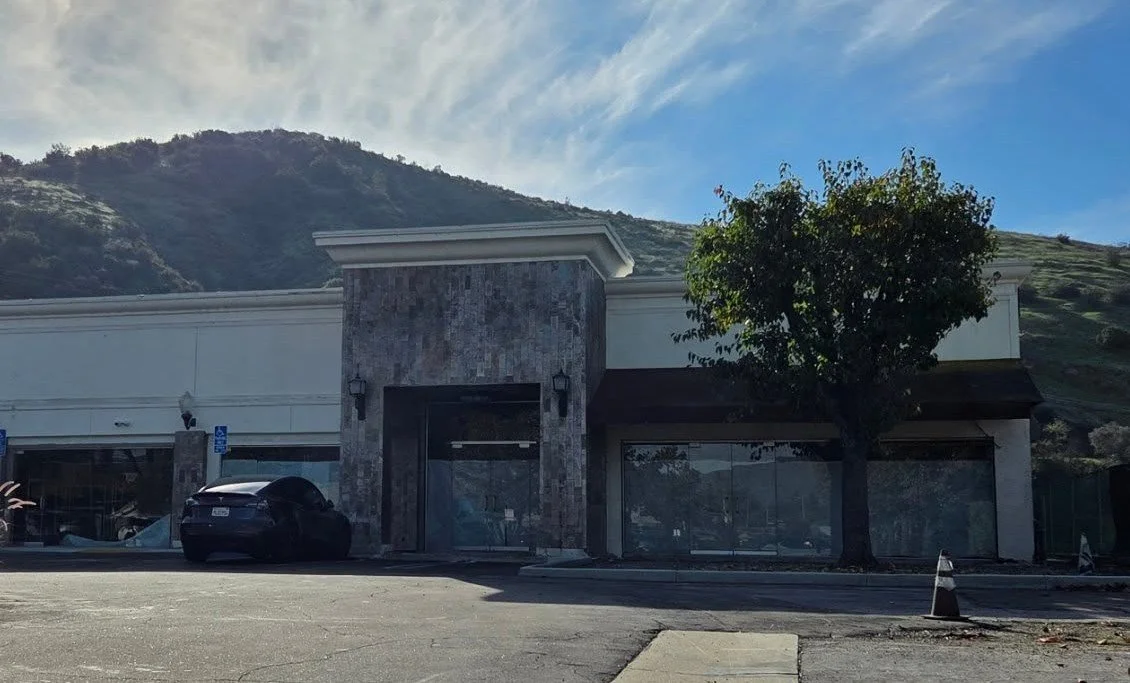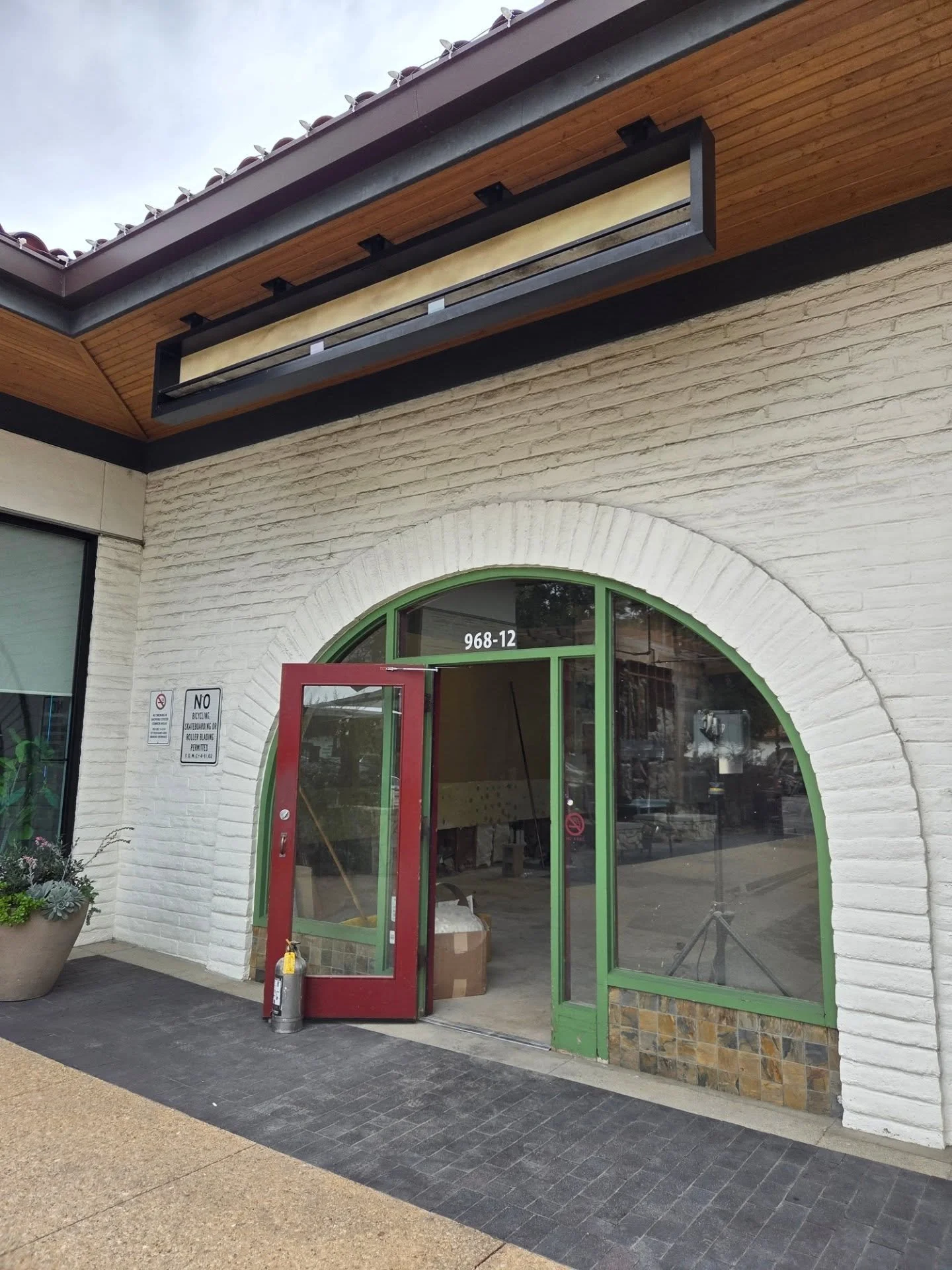KazuNori: The Original Hand Roll Bar® to Open at The Commons at Calabasas on December 17th
/KazuNori: The Original Hand Roll Bar® opens in The Commons at Calabasas tomorrow, December 17th, in the suite between BLVD Steak and Starbucks. KazuNori is a full-service restaurant dedicated to Nozawa style hand rolls, served directly from the chefs’ hands to the guest. First opened in 2014, KazuNori is the first restaurant of its kind, pioneering the concept of a hand roll bar and focusing on serving intentionally simple and intentionally delicious hand rolls.
Named after celebrated sushi chef Kazunori Nozawa, who introduced the cylindrical-style hand roll to the United States more than 40 years ago, KazuNori serves hand rolls made with the highest quality fish, specially harvested seaweed, house-made sauces, and signature warm rice. KazuNori signature hand rolls include toro, lobster, salmon, yellowtail, and crab, as well as less common options such as uni, ankimo, koika, and yamaimo.
Hours are Sunday-Thursday: 11:30am to 11pm and Friday-Saturday: 11:30am to 11:30pm.
For more information, visit www.handrollbar.com or follow KazuNori on Instagram.














